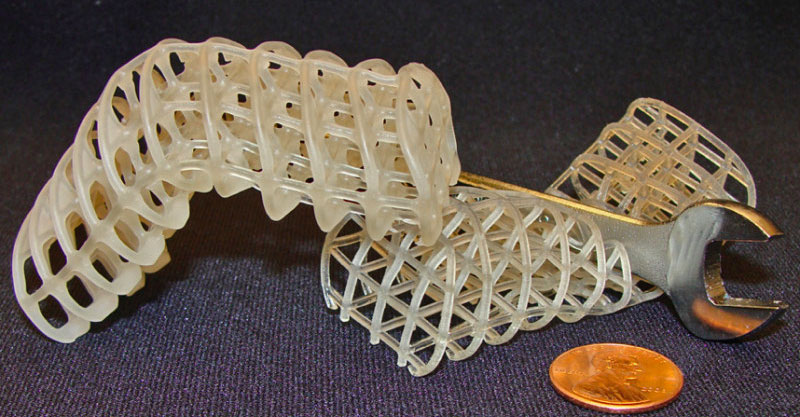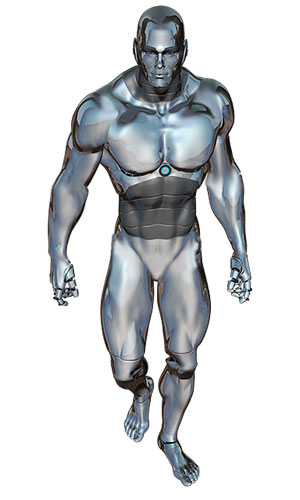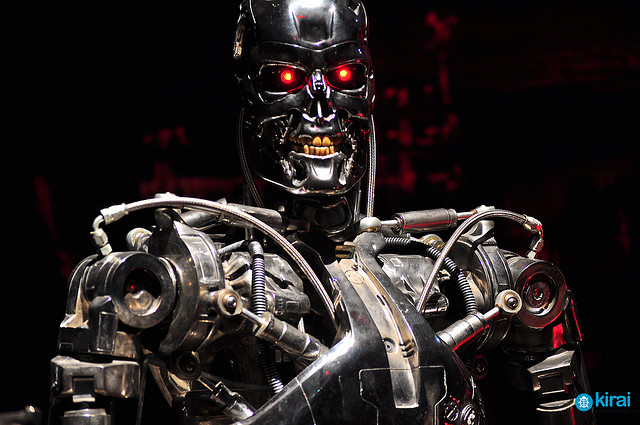
When you hear the word robot what do you think? Some might think of robots from movies such as Disney Pixar’s “Wall-E”, R2D2 from Star Wars, or even the Terminator series. As we continue to develop new research and technology, scientific discovery is now giving us an opportunity to see robots advance well beyond the characters seen on screen.
From industrial to humanoid, it is remarkable how many different forms of robots have been created. Made of metal and filled with electro-mechanical technology, this technology is reshaping the world. But did you know that there are now studies being conducted that could change how we see robots almost entirely? Scientists from Stony Brook University, as well as MIT and researchers from the Max Planck Institute for Dynamics and Self-Organization, have recently developed a new robot building material that can transform itself from hard and rigid to soft and squishy. In developing this material, their goal is to stray away from metal when creating robots.
What does this mean you ask? Well, with this new material, robots will have the ability to fit into hard to reach spaces in tasks such as search and rescue operations or even a surgical operation.
This new robot material is made of a combination of wax and foam, laced with electric heating elements. A professor of mechanical engineering and applied mathematics at MIT notes that this material is “self healing”. “So if you push it too far and fracture the coating, you can heat it and then cool it, and the structure returns to its original configuration.” Some might even compare this to the flexible material of the T-1000 robot assassin played by Robert Patrick in the Terminator 2 film, also starring Arnold Schwarzenegger. The T-1000 was known for transforming its body due to its “liquid metal” state, allowing it to take multiple shapes and forms. 
While this new robot technology is not exactly something you might see in the Terminator films– it is in fact something you might see in the near future.
Developer Anette Hosoi of MIT explains that they’re “trying to build robots that emulate biological systems.” The goal is to have a robot with soft components where it could fit through tight spaces and conform to the environment. This material has been compared to the structure of a mouse or an octopus in its ability to squeeze through tight spaces and then expand again.
To think, what would life be like if there were robots that could safely perform an impossible surgery? Or if fire departments were able to save lives by using robots with this material–reaching into spaces they could not.
The future of technology is here. And with innovations like this, who knows what else can be accomplished.




